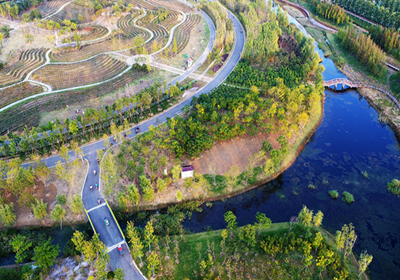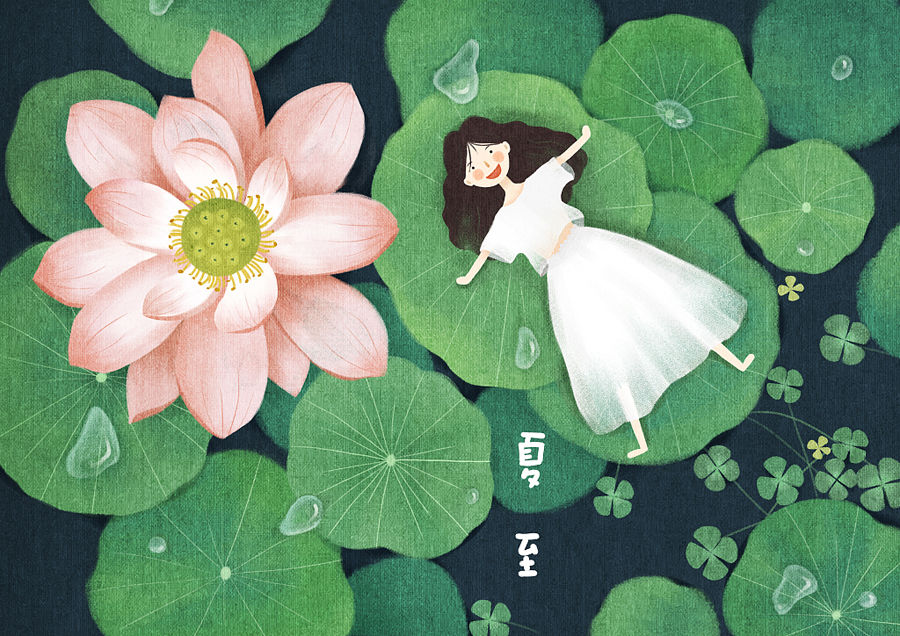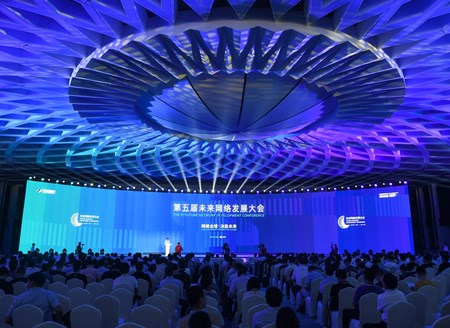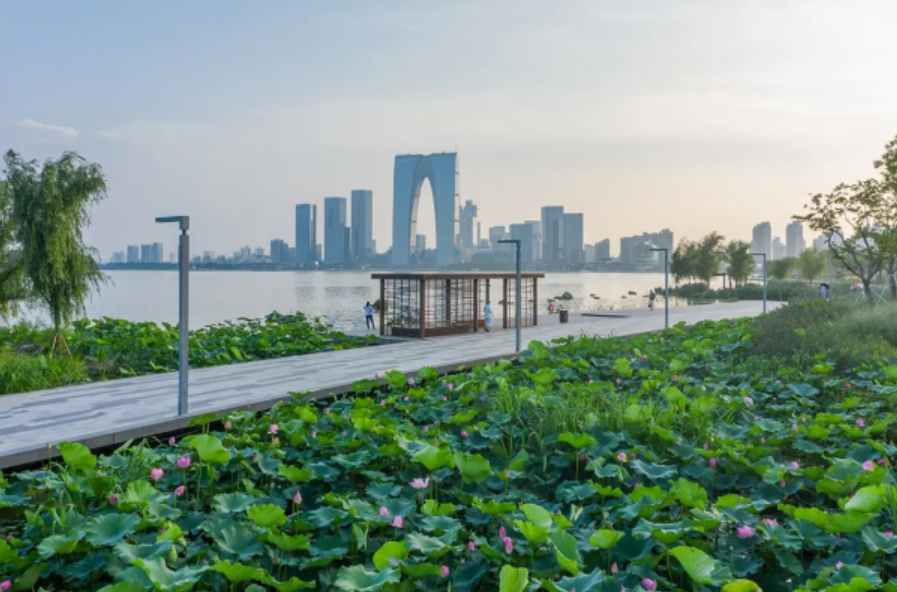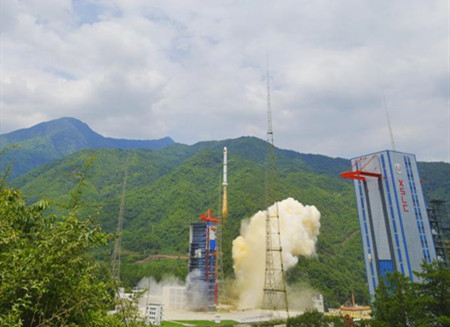
Nowadays Baima Lake of Huai'an city, Jiangsu province has green ripples on its surface, looking just like a mirror, and is surrounded by gorgeous and charming scenery.
However, several years ago, due to aquatic breeding, direct household sewage discharge and an influx of river wastewater, the water area of Baima Lake had dropped sharply to 42 square kilometers. As water quality had deteriorated and self-purification capabilities were reduced, it was hard for boats to travel and people to live there.
In 2010, the municipal party committee and municipal government of Huai’an launched its Baima Lake Ecological Restoration Project. After 13 rounds of amendments to the specialized plan, a theme of “prioritizing conservation, developing moderately” was established.
In 2013, Baima Lake became one of the 15 national major protected lakes, and was recognized as a famous ecological lake at the national level. In 2015, Baima Lake qualified as a national wetland park (a pilot project). In May 2016, Baima Lake Forest Park, being the largest colourful and compound forest park in Asia with an area of 800 hectares, officially started to welcome visitors. Scenic spots such as Blueberry Garden, Red Leaves Valley (Phase I project) and Chrysanthemum Garden successively opened their doors to tourists. After seven years of unremitting efforts, Baima Lake has become a model in Jiangsu province for the ecological restoration of lakes.
Currently, there is no industrial company in the core area of Baima Lake, which has an area of 320 square kilometers, and there are no crowded buildings on the lakeside. Instead, there are patches of conservation forests, broad roads, and aquatic plants along the lake extending 47.4 kilometers. In the lake area, the water quality has been maintained at the Class III Water Standard overall; and in the core area, the water quality has reached as high as the Class II Water Standard. In addition, the self-purification capability of the water has been improving constantly.
